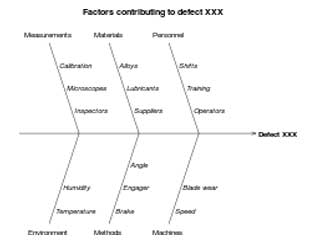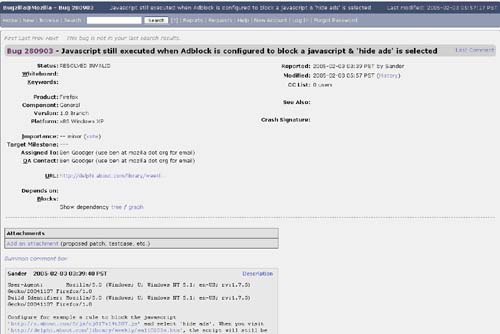Reviewing Assumptions for Software QA Process Changes
Even the best planned software quality assurance (QA) process can meet issues when implemented and needs to be changed. In this article, Richard Ellison proposes a process to review your assumptions and improve the implementation of your software testing activities.







